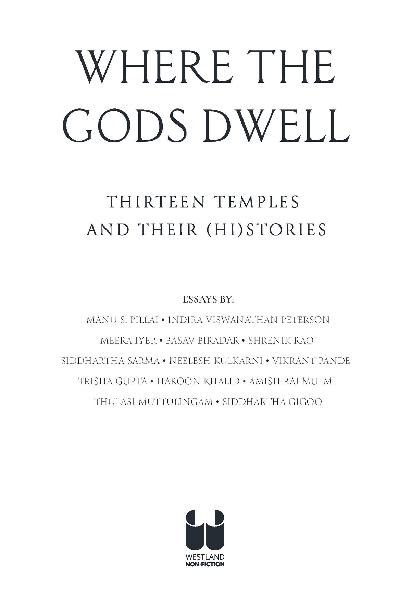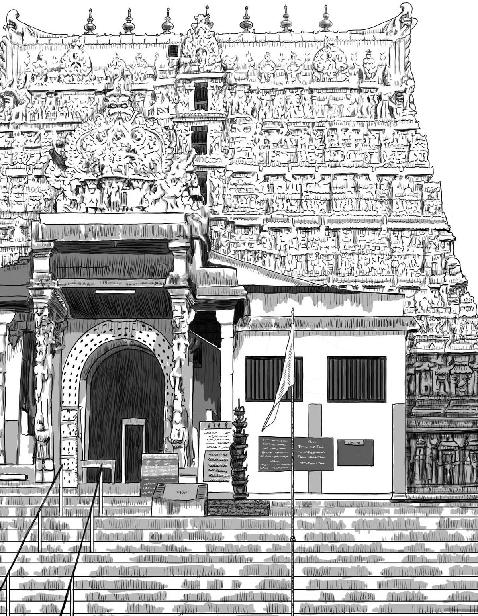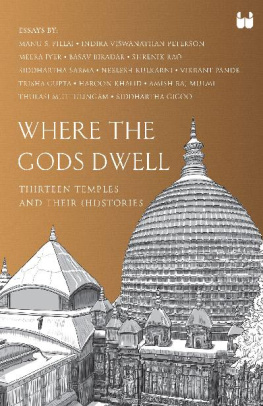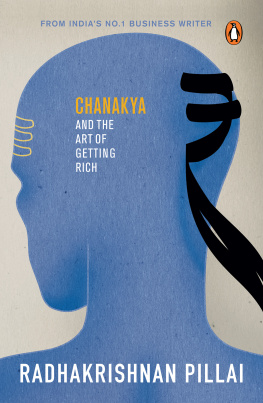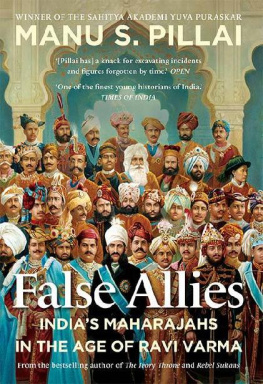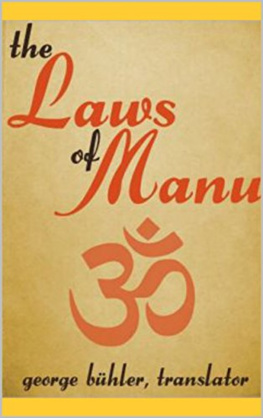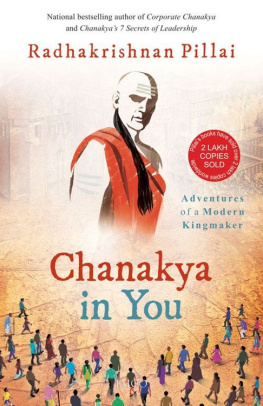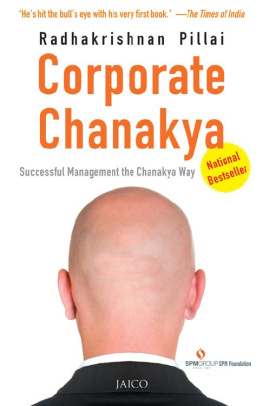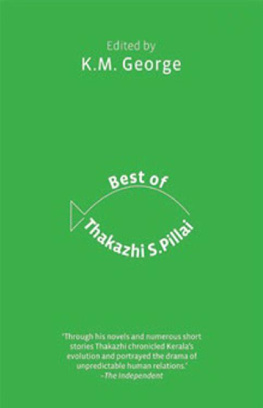First published by Westland Non-Fiction, an imprint of Westland Publications Private Limited, in 2021
1st Floor, A Block, East Wing, Plot No. 40, SP Infocity, Dr MGR Salai, Perungudi, Kandanchavadi, Chennai 600096
Westland, the Westland logo, Westland Non-Fiction and the Westland Non-Fiction logo are the trademarks of Westland Publications Private Limited, or its affiliates.
Anthology Copyright Westland Publications Private Limited, 2021
Illustrations Copyright Mistunee Choudhury
The copyright for the articles vests with the individual authors, or their estates.
ISBN: 9789391234768
The views and opinions expressed in this work are the authors own and the facts are as reported by them, and the publisher is in no way liable for the same.
All rights reserved
No part of this book may be reproduced, or stored in a retrieval system, or transmitted in any form or by any means, electronic, mechanical, photocopying, recording, or otherwise, without express written permission of the publisher.
T he idea for this book germinated in a conversation. A friend recounted the story of a temple that he had recently visited. The narrative contained a fair amount of historical elements besides being a lovely excursion into some very fascinating mythology. This prompted another to share a similar-sounding story of a temple that she had visited. While there were some commonalities between the stories, the accounts were also markedly different, both in their historical as well as mythological details.
As the story-telling session moved on to include others, the idea for the book began to appear obvious. It would be, we thought, fascinating to commission essays by writers on the stories of temples from different parts of the country, perhaps even the subcontinent. The stories, one suspected, would be a combination of history and mythology. They would be both a historical journey and feature a generous dollop of mythology, which, in most cases, would almost certainly contain a local twist.
Writers were identified, lists of temples drawn up and e-mails sent. The response was tremendous. Virtually everyone we wrote to, agreed to contribute. Some of them even had suggestions about which temples we should feature, prompting a rethink of some of the original temples on the list. Over a few months, through a process of elimination and suggestion, the final list came to be.
When it came to the title, the first half of the title ( Where the Gods Dwell ) suggested itself almost organically. For the second half (the subtitle: Thirteen Temples and their (Hi)stories ), some meditation was required to hit upon the right word that would, in a flash, capture the essence of the essays. Hence the term (hi)story. Virtually, all the essays dive deep into history and mythology. Given that, (hi)story which stressed on both the historical and mythological aspects of the writings seemed a better choice than just history or story. The (hi)stories, in most instances, also include an architectural discussion of the temples.
Manu Pillais essay talks of the fabled Padmanabhaswami temple of Thiruvananthapuram which has been in the news over the last few years for the treasures it supposedly holds in its vaults. The real treasure though is the fascinating (hi)story of the temple, recounted by Manu in his own inimitable style. Basav Biradars account of the Virupaksha temple at Hampi is an interesting take encompassing history and mythology, of course, but also, issues arising out of the fact that Hampi is a fabled tourist destination.
Indira Vishwanathan Petersons (hi)story of the Brihadisvara temple in Tanjore and Meera Iyers of the temples of Belur and Halebidu feature some very absorbing discussions of temple architecture. Shrenik Raos essay on the Rudreswara temple gives interesting insights into the historical background that prompted the building of the temple. This temple is the most recent addition to the UNESCO world heritage list, having earned the honour in July 2021, just as we were going to press.
Siddhartha Sarmas essay offers a comprehensive view of the Kamakhya temple in Assam, delineating the temples uniqueness and a rounded account of its rituals and practices. Neelesh Kulkarnis long association with the Pandharpur temple has provided him a unique view of the temples journey over the last few decades. Vikrant Pandes journey to Somnath while presenting the history and mythology also delves into its recent history and attempts to contextualise it. Contextualisation is also something that is evident in Trisha Guptas essay on Khajuraho. Both Vikrants and Trishas essays also feature riveting discussions that the authors had with an omnipresent entity in most important temples (indeed, most important monuments) in Indiathe tour guide. Approaching the art and the craft of the guide from different angles, these essays introduce yet another element to the anthology.
The anthology also features essays on the Pashupatinath temple in Nepal (by Amish Raj Mulmi), the Katas Raj temple in Pakistan (by Haroon Khalid) and the Nallur Kandaswamy temple in Sri Lanka (by Thulasi Muttulingam). Their blend of mythology and history, coupled with their location in a different country, ensures that the similarities and their differences can be seen in the light of the unique conditions that prevail in each country.
Siddhartha Gigoos essay that features a temple in Srinagar that was part of his growing-up years in the Valley is a personal story and a personal history. Poignant yet pragmatic, it offers a different perspective.
Needless to say, this book is the product of a list that was drawn up by a few people. Could some more temples have been added to the list? Of course. But given the exigencies of space and the plan to have an accessibly priced volume, many had to be left out. Have some important temples been left out? Very likely. The difficulties of finding a writer who would be able to commit to such a project and deliver in time prompted some temples to be left out of the list. Yet, the list of temples that features in the anthology is a fascinating one and the book promises hours of reading pleasure besides a generous helping of history and mythology, or to put it better, (hi)story!
Manu S. Pillai
I n the mid-nineteenth century, there was a maharajah in Travancore who was a man of great originality. Though in his kingly avatar he was hesitant to challenge antiquated customs, as an individual he was unorthodox. He sat for portraits in Western coat and trousers and watched Englishmen down meaty, impure dinners. An amateur doctor and chemist, he loved the idea of modern science, having his craftsmen build him a skeleton of ivory so he could study anatomy undefiled by human bones. Even as he spent astronomical sums on grand old Brahminical rites, he did not hesitate to ensure his children learnt English, with Christian scripture for textbooks. But if the maharajah was a social success in colonial circles, as a ruler his political record was less unblemished. Reports circulated of outrageous abuses in his government, and, worryingly for his British bosses, of Travancores finances being in the red. Less than a decade into his reign, then, a most dreadful communique arrived at the palace, warning the man to mend his ways. And at the top of the list was an urgent need to balance his accounts and pay off his arrearsor prepare for ominous talk of annexation and intervention from upstairs.

